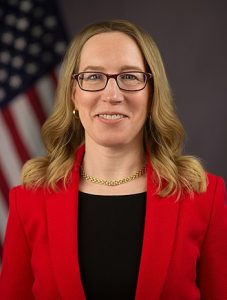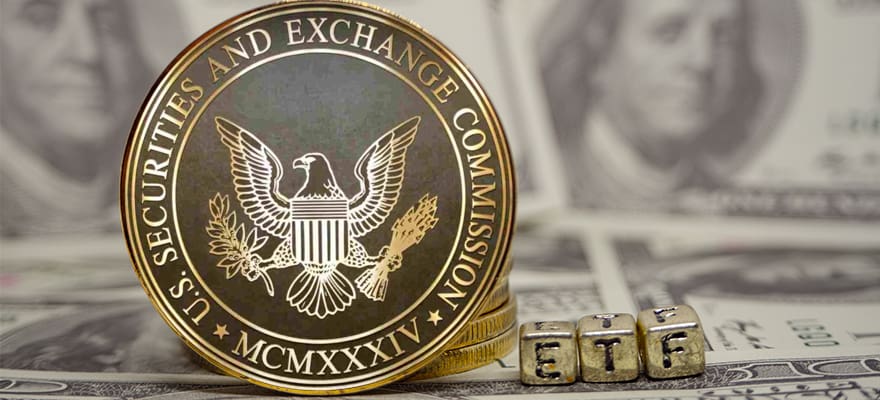Hester Peirce, an SEC regulator dubbed "CryptoMom," has floated the idea of offering a 'safe harbor' to ICOs so that some crypto tokens are not treated as securities. The relief, however, would be time-limited to guard against reliance on the safe harbor by ICO promoters without a workable plan to build operational networks.
In remarks made at the International Blockchain Congress in Chicago, Peirce proposed a three-year grace period for cryptocurrency startups to tweak their token-based fundraising models in new directions. As the name implies, crypto tokens meeting specified criteria could be issued more freely before the SEC determine whether they need to comply with the federal securities laws.
All in all, the non-exclusive proposal would exempt blockchain developers from certain licensing and registration requirements applied to other financial brokers, whereby new token offerings can be made under an alternative regime with more robust framework. Hence these tokens, which would otherwise be classified as securities, would not have the usual regulations applied for enforcement purposes. Still, there are no conclusive rules on how to de-securitize a particular token at the end of the three-year grace term.

SEC Commissioner Hester Peirce, aka "Crypto Mom."
An ICO made in reliance on the safe harbor would have to comply with certain disclosure requirements. For example, any offering must provide clear details about the source code and token functionality, including the mechanisms for changing holders' rights and explaining how funds are to be used—before the issuer could qualify for this exemption.
The relevant disclosures would also include information about what Peirce calls "an initial development team," which would supervise the project lifecycle until it reaches the "network maturity."
"The definition of Network Maturity is intended to provide clarity as to when a token transaction should no longer be considered a security transaction but, as always, the analysis will require an evaluation of the particular facts and circumstances," said the proposal.
Ongoing war on how to handle crypto
The team members would also be required to report their "the names and relevant experience, qualifications, attributes or skills," as well as their token holdings, including those they earned under any bounty or incentive programs.
The SEC commissioner added that "the analysis of whether a token is offered or sold as a security is not static and does not strictly inhere to the digital asset."
She further explains to an industry audience in Chicago: "Admittedly, the Liquidity condition may surprise observers of SEC staff positions in which attempts to facilitate secondary trading have been viewed as indicia of a securities offering. In the context of the safe harbor, by contrast, secondary trading is recognized as necessary both to get tokens into the hands of people that will use them and offer developers and people who provide services on the network a way to exchange their tokens for fiat or cryptocurrency."
Meanwhile, failure to comply with applicable requirements under this safe harbor approach can have severe consequences for the token issuer and those involved in the offering and may provide investors with a right of rescission.
"SEC enforcement has played an important role in combating fraud in connection with token sales. The safe harbor would not provide immunity from such actions."
"This bad actor provision is not directed at teams that set forth a plan for a network and work earnestly toward building it, but fail to bring it to fruition. Rather, it is designed to ensure that the SEC can bring suit against a team that sets out to defraud token purchasers by materially misrepresenting or omitting key information," Peirce said.
As one of five commissioners of the US top regulator, Peirce is a well-known cryptocurrency advocate that has called fellow supervisors on more than one occasion to abandon their cautious approach and allow innovation to flourish. Some of her suggestions, however, go against the conventional view of the SEC, which has made it clear that the Howey Test applies to crypto as it does to other investments.
The Howey Test determines if an asset considered a security or a transaction represents an investment contract depending on three elements. First, the investment product can be exchanged for value. Second, the investment involves some element of risk, and third, it must be tradable.
















